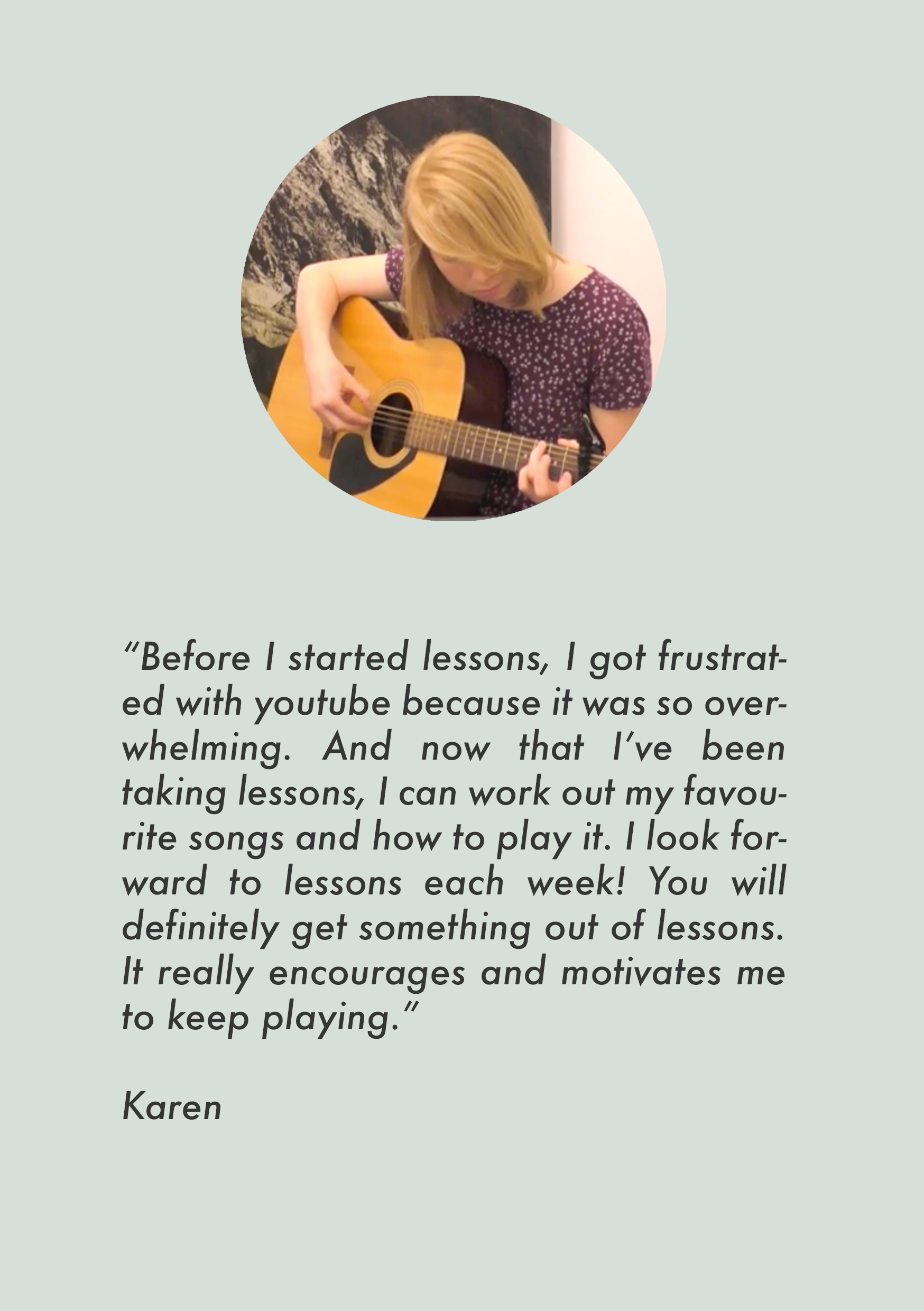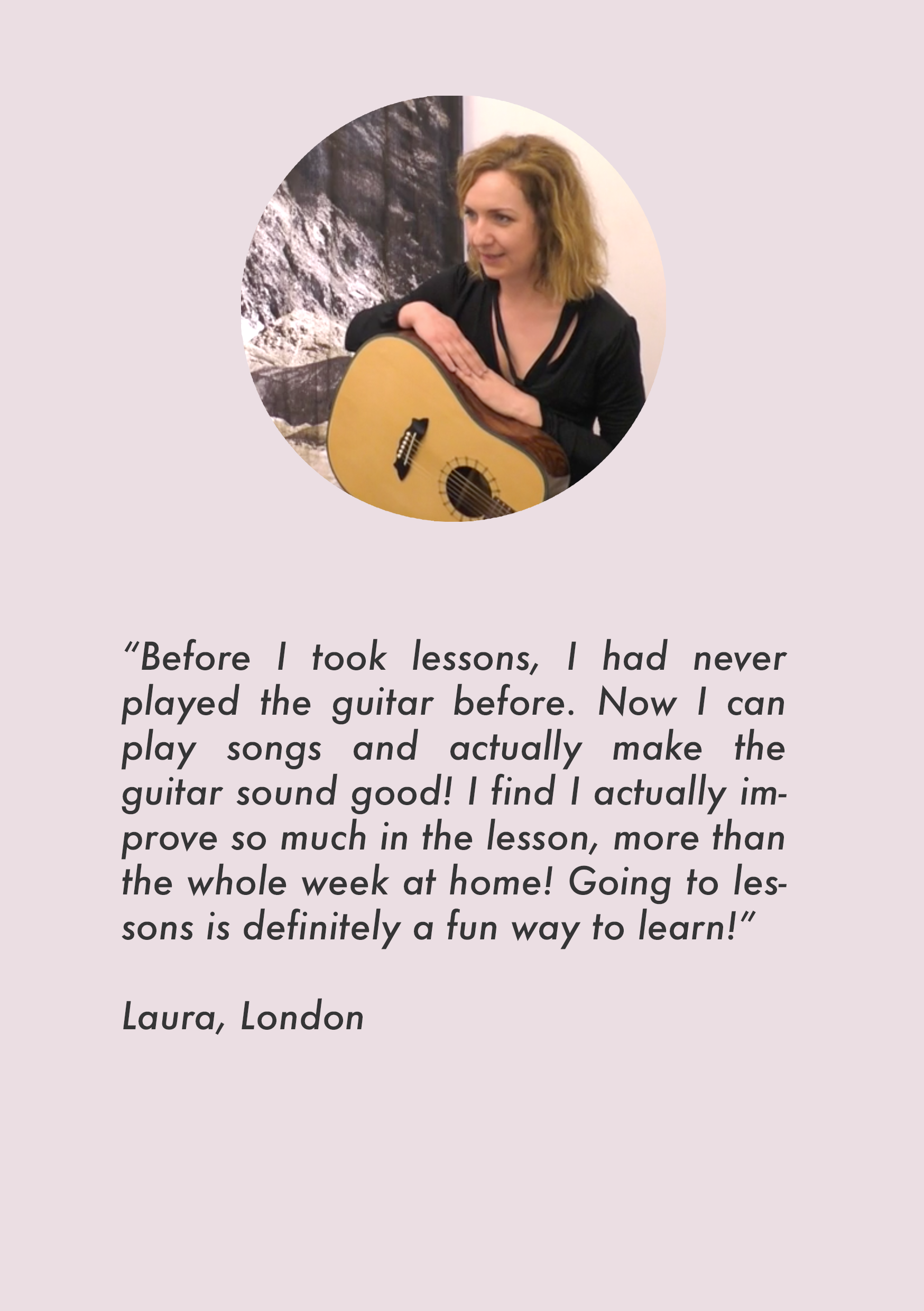One Riff Blues Progression
/One Riff Blues Progression
When It comes to learning a blues guitar song a lot of students get overwhelmed by all of the notes and numbers that make up the different riffs.
It’s easy to see a big chunk of music and give up because you assume it’s too complex. Fortunately we can use to patterns to navigate our way through blues progressions and get some awesome sounds without any difficulty at all.
Blues Guitar Lesson
In this lesson I want to show you how you can break down complex blues progression into really simple ideas that are repeated in different places all over the neck. You’ll actually be very surprised at how many times you only actually have to learn how to play one riff and then move it to different places. When it comes down to it blues is actually one of the simplest genres of music ever because it only uses one chord progression known as the 12 bar blues. This 12 bar progression is made up of 3 chords ( the I - IV & V in Major keys and the i - iv - v in minor keys) and these chords are simply arranged in a specific pattern to get a particular sound.
A Blues Riff
Below is a blues riff in the key of A minor. It begins on an A note and ascends the arpeggio playing C on the 8th fret of the e string, E on the 7ths fret of the A string and sliding quickly from 5 to 7 of the D string to finish on an A note an octave higher. Even though this seems complex you want to visualise it as a pattern that fits in your minor pentatonic scale.
That way you can move the same lick to match a D minor chord by starting the same idea on the 10th fret of the D string. If you move it up two more frets and play it on the 12th fret it will work over an e minor chord.
Video Example
You can play an entire 12 bar blues progression just by moving these riffs around. If you’re in the key of A minor your notes will be A, D & E and you just need to switch to match the chord changes. If you’re in a different key you just need to move the riff to match the 1, 4 & 5 chord of the new key. Below is a an example of this riff applied to an entire chord progression. Note that I have moved the riff to the 5th string for the D & E chords to avoid you having to slide a big distance.
Next time
So next time you’re learning a 12 bar blues pattern and it seems overwhelming, try and break it down into a single riff and look for ways to move it to new locations. Doing this will allow you cut down the learning time allowing you to re-invest it into actual practice. You should also use this idea when creating your own riffs by first getting them down over one chord and then simply moving them around to match the other chords in the blues riff.
About The Author
Michael is a blues and rock guitarists, teacher and music educator from Melbourne, Australia. He has a passion for music and wants to ignite the same fire in everyone he meets. If you’re tired of not getting results take blues guitar lessons in Melbourne and unlock your full musical potential.


















